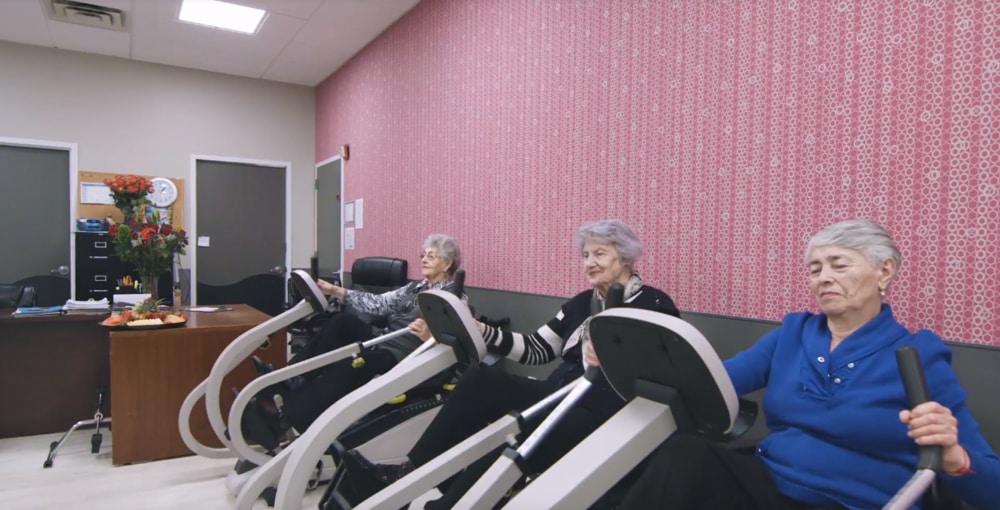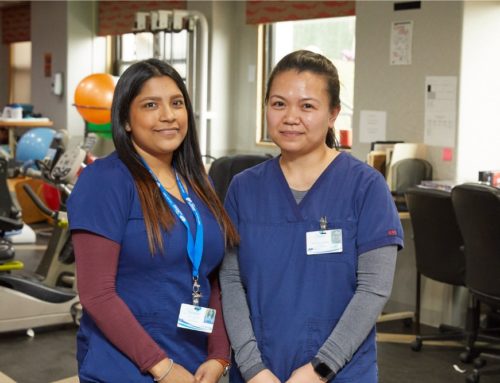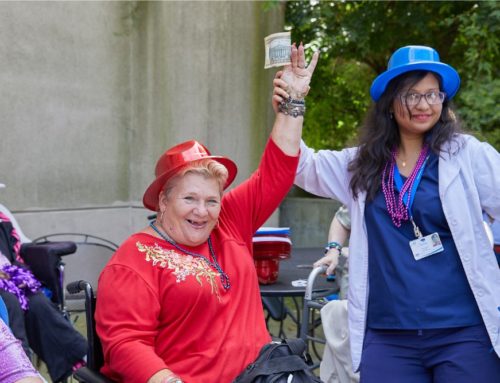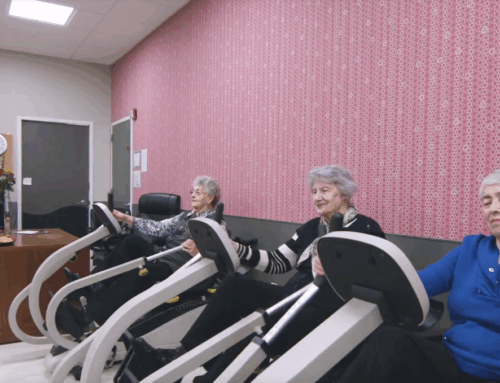Lumbar Radiculopathy: What You Need to Know
Lumbar radiculopathy occurs when nerves in your lower spine are pinched or irritated. The pain from the condition often prevents you from continuing with your routine. Though it frequently heals on its own, exacerbating the issue could cause serious injury. If the condition worsens, you may require medical intervention to prevent further damage and get you back on your feet.
If you’re dealing with lower back pain, gentle exercise and physical therapy are effective treatments. The slow movements work your back muscles, loosening up your spine and increasing your range of motion. It’s best to discuss any workout program with your doctor to ensure it’s safe for your condition. For more information on radiculopathy and how to treat it, keep reading.

Lumbar Radiculopathy: If Untreated
According to experts, lower back pain is one of the most common causes of disability in adults aged 45 and under. Lumbar radiculopathy, also called sciatica, contributes to these numbers, often resulting from spinal disc degeneration or injury to the area. When dealing with this condition, it’s best to follow your doctor’s instructions for rest and recovery. Failing to do so could worsen the condition, requiring surgery to repair the damage.
What worsens it
Studies show poor posture is a common cause of non-structural spinal misalignment. Unnatural curves to your spine irritate the nerve root, often leading to injury. Lumbar radiculopathy or other lower back pain issues could occur if the issue isn’t corrected and may cause long-term damage.
Sitting for too long is another issue contributing to the worsening of sciatica. Evidence shows sitting uninterrupted for four hours or more increases pressure on discs in the lower spine. Over time, prolonged sitting could result in disc degeneration and aggravate existing conditions. Such issues are common among those with occupations requiring hours of sitting at desks or driving.
Improper lifting may also increase lumbar radiculopathy pain and lengthen recovery time. When picking up something heavy, using your back to support the weight strains your spine. Simultaneously twisting worsens the pain, so avoiding these actions is vital. Lifting with your legs prevents such issues, but if you’re dealing with pain, avoid heavy lifting until it subsides.
Weight gain contributes to the development of lower back pain, but it also worsens existing conditions, including sciatica. Obesity usually involves reduced physical activity, inflammatory responses, poor posture, and compensatory movements. These factors increase nerve irritation or disc damage, aggravating lumbar radiculopathy. It’s also difficult to recover without losing excess weight.
What can help
Several treatment options may help reduce sciatica symptoms. Your doctor may recommend over-the-counter pain relievers, anti-inflammatories, or muscle relaxants. Chiropractic therapy may also reduce pain. If these treatments fail or the condition worsens, your doctor may recommend surgery.
Non-medical treatment options are commonly used to combat the pain of lumbar radiculopathy. Exercise is one of the best options, including aerobic workouts, flexibility training, and strength training. These workouts build muscle to support the spine and increase your range of motion without causing further damage.
Practicing good posture and avoiding prolonged sitting also reduce sciatica pain. Healthy sleep habits are also vital to ease symptoms and improve spinal positioning. These include a comfortable mattress, pillows and cushions to match your sleep position, and getting 7-9 hours of rest.
Resources:
- NCBI, Feb. 27, 2024, Lumbosacral Radiculopathy
https://www.ncbi.nlm.nih.gov/books/NBK430837/ - PubMed Central, Sept. 2023, Spinal posture assessment and low back pain
https://pmc.ncbi.nlm.nih.gov/articles/PMC10548303/ - PubMed Central, March 2014, Lumbar Disc Changes Associated with Prolonged Sitting
https://pmc.ncbi.nlm.nih.gov/articles/PMC4152382/ - American Medical Association, Nov. 15, 2024, What doctors wish patients knew about sciatica
https://www.ama-assn.org/delivering-care/public-health/what-doctors-wish-patients-knew-about-sciatica# - Complete Orthopedics, The relationship between obesity and sciatica as a risk factor
https://www.cortho.org/spine/sciatica-lumbar-radiculopathy/the-relationship-between-obesity-and-sciatica-as-a-risk-factor/ - Mayo Clinic Health System, Sciatica and radiculopathy: Peculiar names for shooting back, leg pain
https://www.mayoclinichealthsystem.org/hometown-health/speaking-of-health/sciatica-and-radiculopathy-peculiar-names - Harvard Health Publishing, Aug. 26, 2024, Preventing and coping with sciatica
https://www.health.harvard.edu/pain/5-tips-for-coping-with-sciatica
This article contains informational and educational materials and does not replace health or medical advice. For questions or concerns regarding your medical condition or health objectives, speak to a qualified physician or healthcare provider.






Leave A Comment